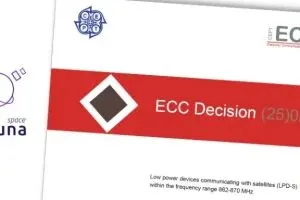 Hybrid bonding is quickly gaining recognition due to the enhanced reliability and mechanical strength of its interconnects, as well as the space savings compared to traditional bump-based interconnections. This bonding technique vertically links die-to-wafer or wafer-to-wafer via closely spaced copper pads, bonding the dielectric and metal bond pads simultaneously in a single step.
Hybrid bonding is quickly gaining recognition due to the enhanced reliability and mechanical strength of its interconnects, as well as the space savings compared to traditional bump-based interconnections. This bonding technique vertically links die-to-wafer or wafer-to-wafer via closely spaced copper pads, bonding the dielectric and metal bond pads simultaneously in a single step.
Benefits in bonding
Hybrid bonding offers a higher density of interconnections with shorter pitches and shorter distances between the layers. These factors improve signal integrity, reduce latency, lower power consumption and increase data throughput. Furthermore, hybrid bonding facilitates heterogeneous integration, enabling semiconductor companies to merge multiple chiplets with diverse functions, technology nodes and sizes into a unified package.
3D packaging
The concept behind three-dimensional (3D) advanced packaging is to stack multiple dies or wafers vertically to achieve better performance with lower power requirements, smaller size and lower cost.
As 3D packages become increasingly complex, so do the challenges in identifying defects within vertically stacked, multiple layers. Focus is now shifting to methods of non-destructive testing such as scanning acoustic microscopy (sam).
This is a non-invasive and non-destructive method for testing and failure analysis involving stacked dies or wafers.
Advanced sam equipment detects cracks, voids and other flaws as small as 5µm in vertically stacked, hybrid-bonded packages.
Sam uses ultrasound waves to examine internal structures, interfaces and surfaces of opaque substrates. The resulting acoustic signatures can be constructed into 3D images that are analysed to detect and characterise device flaws such as cracks, delamination, inclusions and voids in bonding interfaces, and to evaluate soldering and other interface connections.
Hybrid bonding challenges
The nature of hybrid bonding means that even one bad wafer, die or interconnection could cause the entire package to be discarded. Sub-10µm defect detection is the new normal.
With conventional sam techniques, wafers were held horizontally in a chuck and processed in a water medium. Occasionally this could lead to water ingress. One solution is to redesign the chuck in a vertical orientation and use gravity to eliminate concerns over water ingress (along with other water management technologies).
The principle of sam is to direct focus sound from a transducer at a small point on a target object. The sound hitting the object is either scattered, absorbed, reflected or transmitted. The direction of scattered pulses as well as the time-of-flight, can determine presence, and distance, of a boundary or object.
To produce an image, samples are scanned point by point and line by line. Scanning modes range from single-layer views to tray scans and cross-sections. Multi-layer scans can include up to 50 independent layers. Depth-specific information can be extracted and applied to create two- and three-dimensional images. The images are then analysed to detect and characterise flaws such as cracks, delamination and voids.
Advances in AI-based analysis of the data will further automate quality assurance and increase fab production.
See also: Power content



